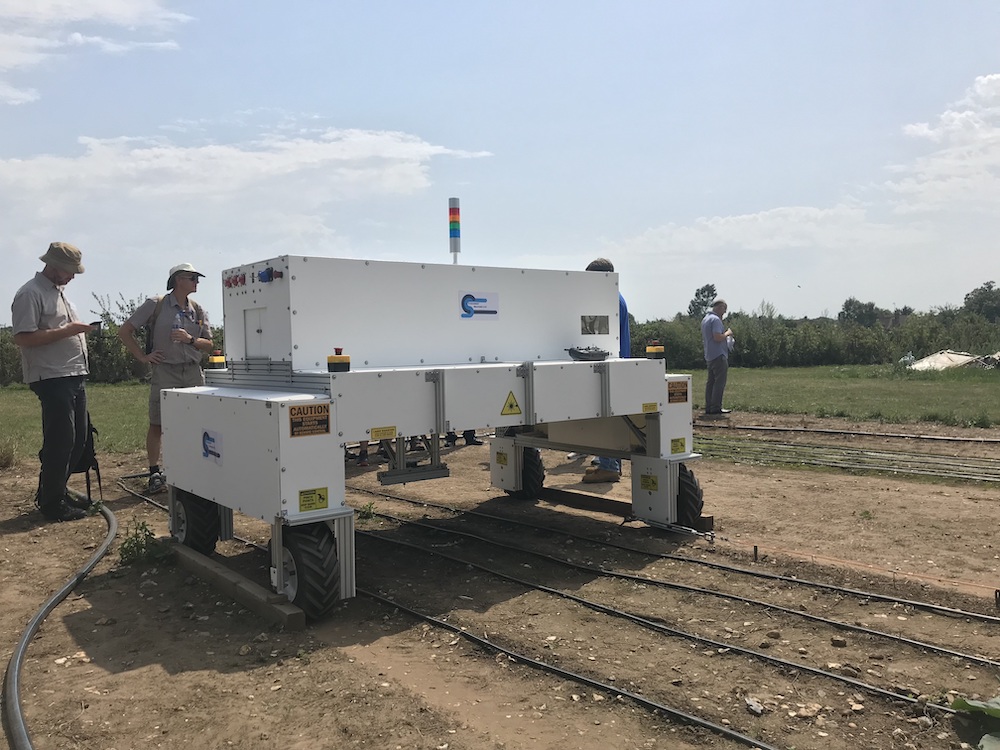Robot cuts chemical use by up to 95 per cent
4th October 2019
eyeSpot uses cameras to target individual weeds in vegetable fields and apply precise herbicide droplets with an ejector. This accurately fires treatment to the individual leaves of each weed, according to AHDB.

Research trials of a new automated weed-killing robot have reduced herbicide usage on crops by up to 95 per cent.
eyeSpot uses cameras to target individual weeds in vegetable fields and apply precise herbicide droplets with an ejector. This accurately fires treatment to the individual leaves of each weed, according to AHDB.
Crop protection senior scientist Joe Martin said: “This is precision agriculture in action, the robot has significantly reduced use of herbicides, while practically eliminating any harm to non-target organisms.”
The research, carried out at Reading University and part-funded by AHDB, set out to protect the environment and help the industry cope with reduced access to crop protection products.
PhD researcher, Nikolaos Koukiasas, said: “eyeSpot represents a paradigm shift to weed control by accurately targeting leaf-specific droplet applications. Preliminary results of manual droplet applications showed excellent weed control and a 95 per cent reduction of herbicide use in cabbages, and 74 per cent in leeks.”
The robot’s imagery could also be used for observing growth rates, allowing accurate scheduling of operations, early yield estimates and detection of crop stress.
Professor of weed science at Reading, Alistair Murdoch, added: “Yields and profitability are likely to equal or exceed those achieved by conventional herbicide treatments without applying any chemical to the crop. The environment also benefits greatly by reducing the need for mechanical weed control, eliminating spray drift and reducing the possibility of chemicals entering the surrounding area.”
If successful in later stages of trials, eyeSpot would be developed to serve the UK and potentially other worldwide markets.
Partners involved in the development of the robot include Concurrent Solutions llc in the US. The remainder of the project is supported by Knight Farm Machinery and is being partly funded at the University of Reading by the Douglas Bomford Trust and AHDB.
